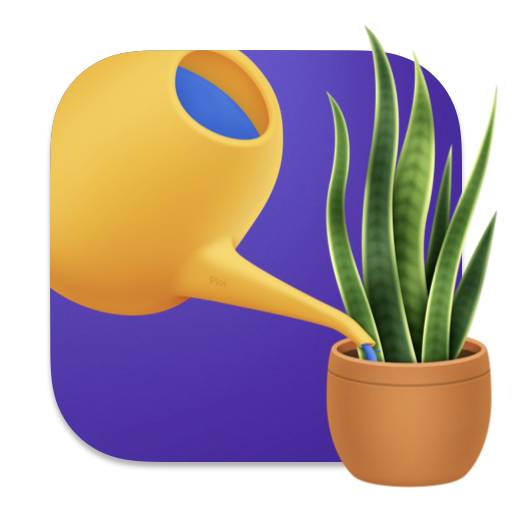Solanum carolinense aka Carolina Horsenettle
Taxonomy ID: 5422
Solanum carolinense, also known as the Carolina horsenettle, is a perennial herbaceous plant belonging to the Solanaceae family. Although native to the southeastern United States, its range has expanded throughout much of temperate North America, and it is considered an invasive species in parts of Europe, Asia, and Australia. The stem and undersides of larger leaf veins are covered with prickles, while common names for this plant include radical weed, sand brier or briar, bull nettle, tread-softly, Solanum mammosum ("apple of Sodom"), devil's tomato, and wild tomato.
While Carolina horsenettle is a rare houseplant, it requires regular watering and thrives best in long-lasting, direct light within a foot of a window. It prefers well-draining soil and can benefit from gentle, organic fertilizer during the peak growing season. This species belongs to the Solanum genus and is native to East Canada, Northern Mexico, and Haiti.
Common names
Carolina Horsenettle, Devil's Tomato, Carolina Horse NettleMore information about Carolina Horsenettle
How difficult is it to take care of Carolina Horsenettle
Caring for Carolina Horsenettle is a breeze, as it is highly adaptable and forgiving to minor neglect.
What is the growth pattern and size of Carolina Horsenettle?
New growth will sprout from the top of the Carolina Horsenettle as it grows vertically.
What is the region of origin of Carolina Horsenettle
Carolina Horsenettle’s native range is Worldwide.
What are the water needs for Carolina Horsenettle
Carolina Horsenettle should be watered regularly, allowing the soil to dry out between waterings.
What is the right soil for Carolina Horsenettle
Carolina Horsenettle loves a well-draining soil. Perlite and vermiculite help with drainage, while coco coir adds organic matter, so a good potting soil mix will have all three. You can improve store-bought soil by adding some perlite to it.
What is the sunlight requirement for Carolina Horsenettle
To ensure optimal growth, the Carolina Horsenettle prefers bright indirect light for 6-8 hours each day. Insufficient light can result in slow growth and leaf drop, so it's important to find a well-lit location for this plant. Place it near a window, within a distance of 1 meter (3 feet), to enhance its potential for thriving.
What's the right humidity for Carolina Horsenettle
The Carolina Horsenettle does not need extra humidity. Plants primarily absorb water through their root system, making soil watering the best way to provide humidity to your plants.
Is Carolina Horsenettle toxic to humans/pets?
Carolina Horsenettle is poisonous if ingested. We suggest keeping this plant out of reach if you have children, cats, or dogs in the home.
What seasonal care does Carolina Horsenettle need?
During the cold period, it is common for Carolina Horsenettle to go dormant, resulting in a slowdown of growth. To accommodate this, waterings should be spaced out more.
More Species in Solanum Genus

Solanum physalifolium Hoe Nightshade

Solanum lycocarpum Wolf Apple

Solanum diphyllum Twoleaf Nightshade
Solanum bonariense Potato
Solanum maglia

Solanum chenopodioides Tall Nightshade

Solanum granulosoleprosum Solanum Granulosoleprosum

Solanum prinophyllum Forest Nightshade

Solanum Nightshade



